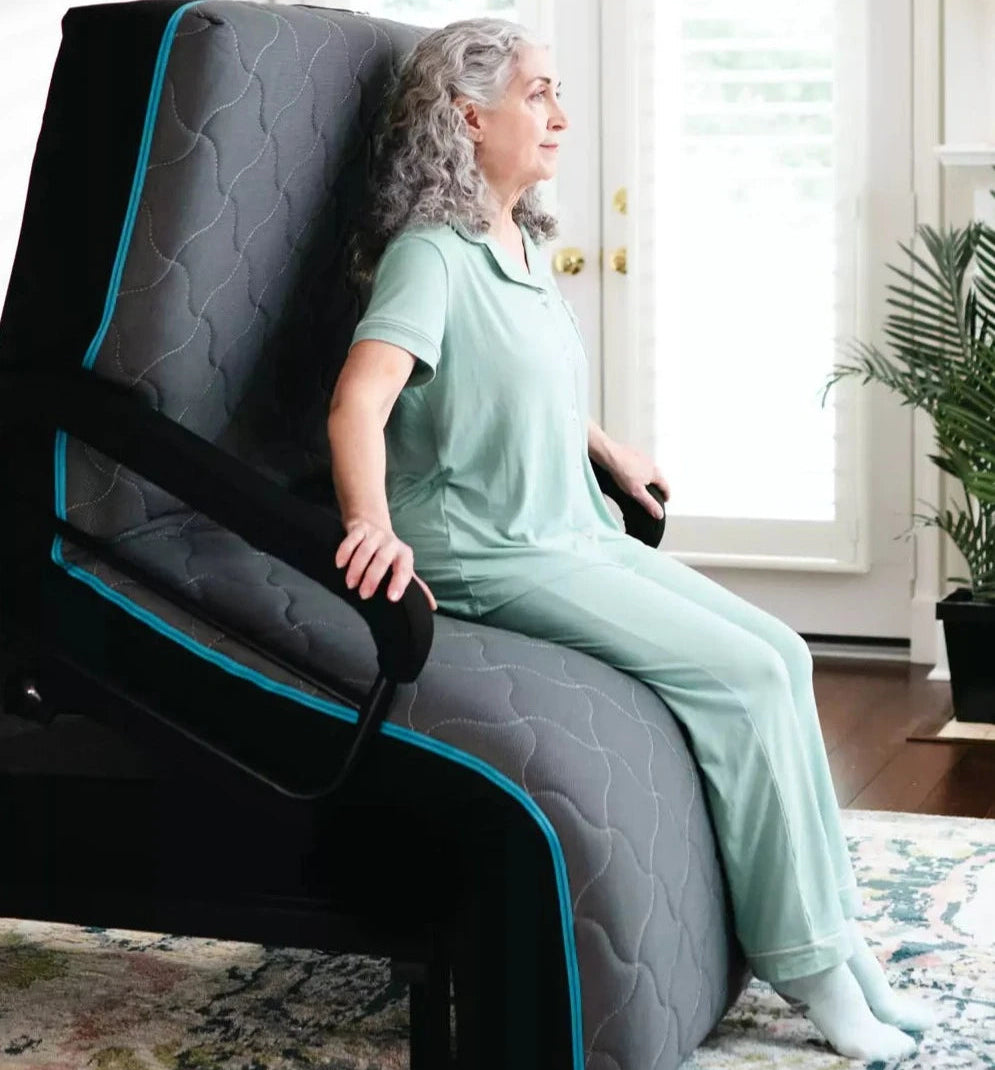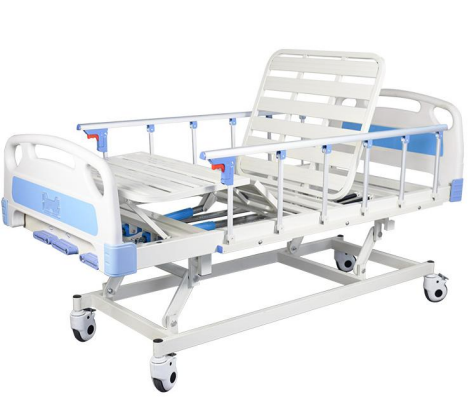The Buzz on Hospital Beds For Home Use
The Buzz on Hospital Beds For Home Use
Blog Article
Hospital Beds For Home Use Can Be Fun For Everyone
Table of ContentsHospital Beds For Home Use Can Be Fun For AnyoneGet This Report on Hospital Beds For Home Use3 Simple Techniques For Hospital Beds For Home UseExamine This Report on Hospital Beds For Home UseThe Single Strategy To Use For Hospital Beds For Home UseThe 5-Second Trick For Hospital Beds For Home UseThe smart Trick of Hospital Beds For Home Use That Nobody is Talking About
There are three main types of healthcare facility beds: guidebook, semi-electric, and fully-electric. These beds make use of hand cranks to readjust the bed's elevation and raise and lower the head and the foot.
Semi-electric beds have an electrical motor to elevate and decrease the head and foot sections of the bed (hospital beds for home use). Full-electric beds have an electrical motor that can elevate the head and foot areas of the bed as well as the entire height and positioning of the bed.
Hospital Beds For Home Use - An Overview
Some designs can additionally move right into more placements, such as the Trendelenburg (tilt) placement. There are several kinds of medical facility beds, each created to satisfy specific individual demands. Here are some common types: This is one of the most usual kind of medical facility bed, developed for basic medical usage. It has a guidebook or electrically flexible headrest, foot rest, and height.
Lower to the ground than a standard bed. This kind of bed is made for bigger clients, with a broader structure and greater weight ability than a conventional bed. This kind of bed is designed specifically for youngsters, with smaller dimensions than a basic bed. Unique features such as full length side rails and animation style.
This type of bed is designed for seriously unwell clients that call for open monitoring and specialized medical equipment such as ventilators and infusion pumps. This type of bed is developed for usage during labor and distribution, with flexible positions and functions to support the mother and child during the birth procedure.
About Hospital Beds For Home Use
Numerous feature and the devices execute expanding grip to various components of the vertebra and the extremities without moving the human body. These are just a few instances of the kinds of health center beds available. The particular kind of bed made use of will certainly depend on the person's condition, medical demands, and other aspects.
Below is things you need to know. A one-function health center bed is a medical bed that permits a patient to move only the head or foot section up or down. A 2 function medical facility bed normally refers to a kind of clinical bed that has two adjustable features to aid people in hospitals or care facilities.

How Hospital Beds For Home Use can Save You Time, Stress, and Money.
A 7-function ICU bed is a sort of clinical bed that offers several adjustable features to support seriously unwell patients in a critical care unit (ICU) (hospital beds for home use). The 7 functions commonly consist important source of: Backrest adjustment: The backrest can be adapted to various angles to assist the client stay up or relax comfortably
Elevation modification: The bed can be increased or decreased to make it simpler for people to enter and out of bed, and for caregivers to provide treatment. Trendelenburg setting: The whole bed can be slanted to advertise blood circulation and flow in the body. Reverse Trendelenburg setting: The bed can additionally be tilted in the contrary instructions to advertise blood flow and circulation in the upper body.
1. What Dimension is a Healthcare Facility Bed? 2. Just how much Does a Hospital Bed Expense? 3. Why Do Medical Facility Beds Have Side Rails? 4. What Are The Main Healthcare Facility Bed Parts?. While even more budget-friendly than electrical models, these beds call for exertion for modifications. The main benefits of manual beds are their cost and reliability, as they do not depend on electrical power. The requirement for hands-on initiative can be a restriction in scenarios where quick adjustments are required or where caregivers encounter physical obstacles.
4 Easy Facts About Hospital Beds For Home Use Described
They are fit for patients who require minimal rearranging for comfort or medical demands. Semi-electric health center beds use a balance of manual and electric find more information controls. The head and foot sections are normally adjusted with electrical controls, while the elevation is adjusted manually. These beds give an optimal middle ground in between guidebook and totally electric alternatives, offering ease of use without the complete expense of electrical designs.
Semi-electric beds are appropriate for clients that need modest changes to the head and foot sections yet can handle without frequent height modifications. This makes them an economical remedy for those seeking convenience and comfort without the requirement for continuous repositioning. Completely electric medical facility beds include electrical controls for smooth changes to the elevation, head, and foot sections.
Specialized medical facility beds, such as ICU beds, lasting treatment beds, and bariatric beds, are meticulously created to resolve specific clinical demands. These beds provide tailored look after diverse individual teams, improving both end results and convenience. In the adhering to sections, we will certainly explore the primary types of specialized healthcare facility beds, outlining their details advantages and applications.
With years of experience in making electric straight actuators - hospital beds for home use and close partnership with the health care market, TiMOTION is well-positioned to offer trusted health care remedies. Our vertically incorporated company takes care of every action of the production process, from layout to actuator assembly, guaranteeing we supply phenomenal value and tailored options customized to your specific needs
The Buzz on Hospital Beds For Home Use

To find out even more regarding integrating these innovations right into your items, contact us today. Additional reading:.
Information is sourced from the Medicare Cost Report. Accessed January 2025. Short-term intense care health centers have the highest possible typical number of beds at 187. They are one of the most usual kind of health center in the U.S. and comprise greater than 50% of united state healthcare facilities. Children's medical facilities have 178 beds generally and VA health centers average 175 beds.

4 Simple Techniques For Hospital Beds For Home Use
A health center bed is a bed made especially for medical functions. It is not just a place for patients to relax, but additionally a system for clinical operations. Unlike regular home beds, healthcare facility beds usually have adjustable functions, which can help with clinical staff to make numerous changes according to the needs of individuals, such as changing the elevation, disposition, and assistance angle of the back and legs of the bed.
Report this page